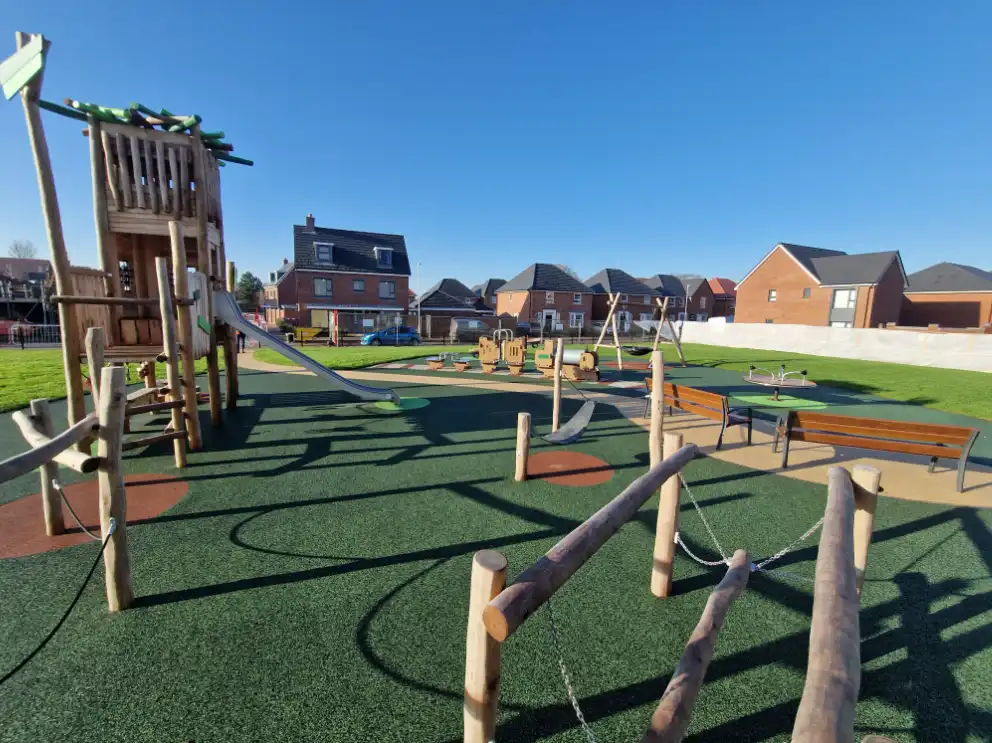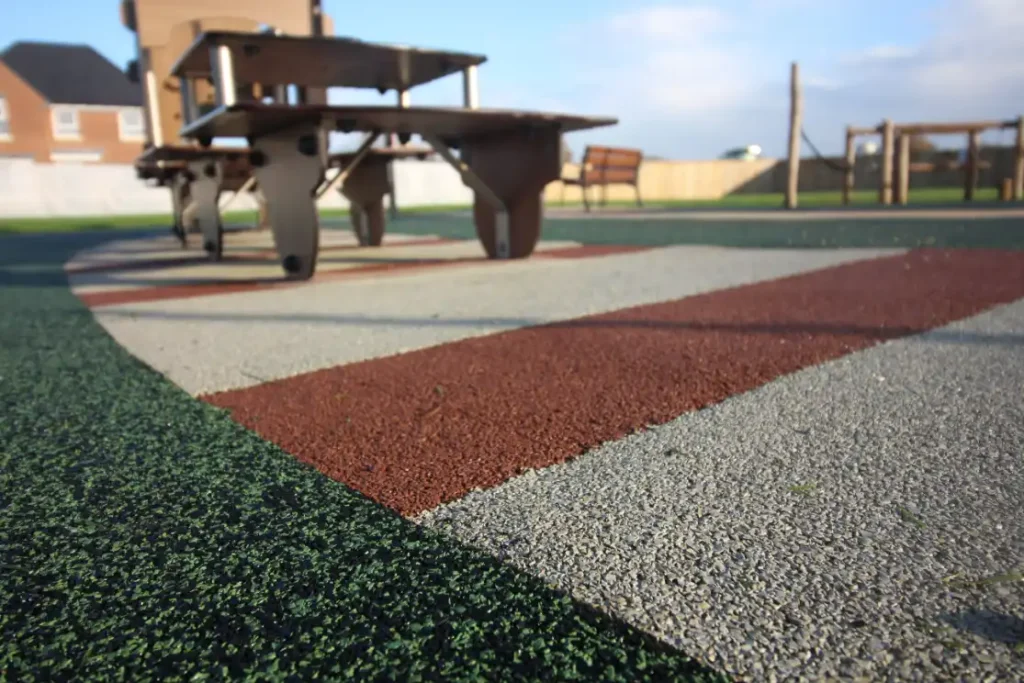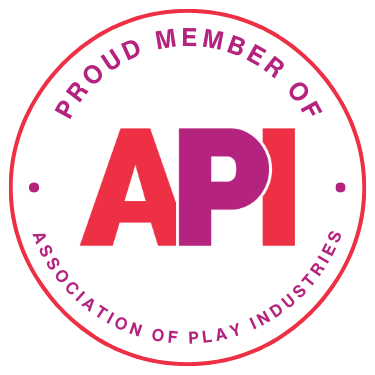Designing Playgrounds for Outdoor Free Play
As more and more children have access to technology at younger and younger ages, it is important to stress the importance of outdoor free play activities. As you plan your outdoor playground developments, it is crucial to create a space to play where children can engage freely. These spaces foster the physical, emotional, and social growth that children need to develop confidence and healthy relationships with peers.
But what is free play? Why is it so important? And how can playground design make a difference?
What is Free Play?
Free play is unstructured, spontaneous activity driven by children’s imaginations and interests without direction or instruction from adults. In a space to play that provides an open space to explore, children will naturally engage in free play, testing their boundaries and inventing games with friends.
In contrast to structured activities like organized sports or school programs, free play is all about creativity, independence, and problem-solving. By experiencing this independence in a social playground space with peers, whether at school or playing in a local park, children develop key qualities that are foundational for navigating the complexities of life.

Why is Free Play So Important?
Free play is a natural element of play for children as an outlet for their imagination, energy, and need to develop friendships. However, nurturing outdoor free play activities in playground design requires more attention to the specifics of how children engage in free play.
Imagination is at the heart of free play. Through imaginative play, children learn to create narratives, empathize with others, and explore new ideas. By encouraging storytelling, imagination, and themes for play, the design of the play space can inspire new forms of play. Emotional and physical engagement with the play environment helps children discover both the key social benefits of play and develop physical coordination and resilience.
Physical and sensory experiences curated by playground design provide a safe space for exploration and experimentation. Playgrounds’ uneven ground with slopes, mounds, and dips built into the playground surface, and diverse play equipment mimics the uneven terrain and surprises of the outside world. All while keeping children in a safe space to play and engage in free play.
How Playground Design Supports Free Play
Effective playground design is crucial in promoting free play. Here are key considerations for creating a space to play that facilitates healthy childhood development…
1. Introducing Variety and Challenge
Offer a mix of play equipment, textures, and colours that cater to different age groups and skill levels. It is key to provide physical challenges and more complex problem-solving elements for older children. Also, young children should be catered for with loose parts or modular play that challenges them in different ways. Creating different areas of the playground can be done by dividing the space to play by clear theming and pathways to lead children to the right place.
2. Creative Colour and Theming
Colours and themes can spark children’s imaginations and set the stage for creative play. Bright, engaging colours draw attention and stimulate sensory development, especially for young children. Meanwhile, themed designs- such as pirate ships or castles- encourage role-playing and storytelling. Subtle and natural colours are also a great option to blend with the surrounding environment, creating a harmonious outdoor space that works alongside nature to create a unique space.

3. Designing for Inclusivity
In all local parks and school playgrounds, inclusivity and accessibility are key. Surfacing plays a large part in that by introducing ramps, tactile or bright pathways, wide walkways, and flat solid ground. All children should feel welcome in an inclusive playground where free play helps foster empathy, social interaction, and the development of friendships.
4. Incorporating Natural Elements
By bringing in natural elements to a playground, particularly in urban areas, children get to experience a whole new side to the great outdoors. Incorporating plants, grass, and natural materials like wood provides tactile diversity and helps children appreciate nature further.
Safety Surfacing: The Foundation of Safe Play
While free play often involves a degree of risk, it is crucial to minimize the risks of injuries. Safety surfacing is therefore an important consideration for creating a safe space for free play.
As children play together and explore their limits, a secure environment can be achieved with smart choices for safety surfacing. All of PlaySmart’s surfaces provide a degree of fall protection, so we recommend identifying the specific safety needs for each area of the playground before making your choice.
Grass mats with our SmartPlay underlay offer the best protection from falls while looking unobtrusive to surrounding play fields. We recommend these for installation underneath playground equipment to offer a softer fall if accidents do occur during play.
For areas where children run around and play without the risk of falling off equipment, our wet pour rubber, cork, and rubber mulch options are ideal. With a crumb or rubber bark textured surface, these options provide superior slip resistance and a cushioning surface for falls. These are also available in a range of colours, patterns, and themes that bring extra creativity to your playgrounds.
Create Safe Outdoor Free Play Environments For Your Local or School Playground
By combining safety with creativity, developers can ensure that children have the freedom to take risks, learn boundaries, and build confidence in a secure environment.
Ultimately, a well-designed playground is more than just a place to play. A free play environment must ensure that children have the freedom to take risks, explore, and develop healthy social behaviours.
Discover how PlaySmart can help bring new life to your local park or school playground by getting in touch at 01564 742811 or filling in the form on our contact page.


